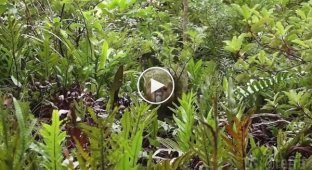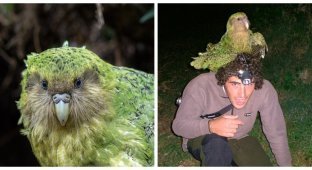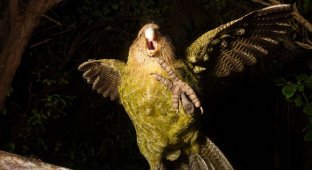Everyone knows that ostriches, emus, and penguins can't fly. But what about flightless ducks, seabirds, and even parrots? These birds will make you rethink your ideas about birds. 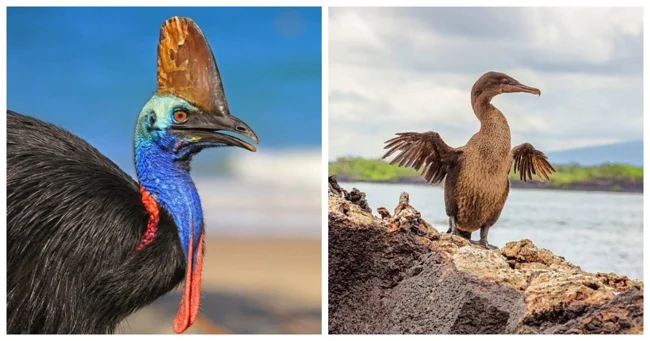
Over the course of evolution, many species of birds lost the ability to fly. And for some, this was a fatal mistake. Without wings, they became easy prey for people, as well as the cats, dogs, and rats that came with them. Only those who were too big (like the ostrich) or lived in hard-to-reach places (like the penguins) survived.
But in some places, rare flightless birds still survive - usually in remote corners of the planet where predators have not reached. Some were lucky: they were saved by human protection.
1. Kakapo (owl parrot) - nocturnal, fluffy and the only flightless parrot in the world 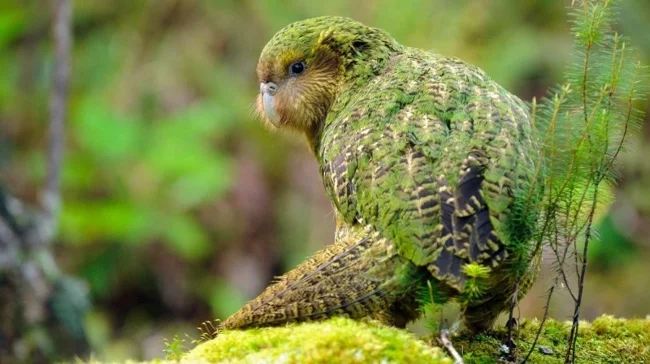
This fluffy nocturnal parrot from New Zealand is the only one in the world that has forgotten how to fly. But it is a master of camouflage: it blends in with the moss and smells like... honey.
Once upon a time, kakapo almost disappeared - predators and collectors are to blame. But thanks to the persistence of scientists, today there are already more than 240 of them - more than in the last 50 years.
2. Campbell Teal - the duck that came back 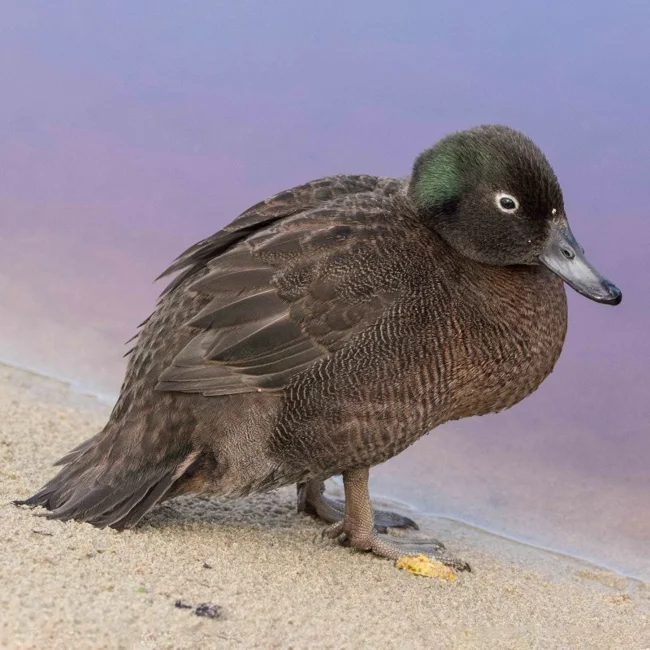
These tiny flightless ducks are nocturnal, hunting for insects near the water. They once lived on Campbell Island (New Zealand), but disappeared after a rat invasion.
A miraculously surviving population was found on another island, and the fight to save it began. In 2004, after a large-scale rodent cleanup, 50 ducks were released back after 100 years of absence. The species is still under threat, but its return is a real victory.
3. Titicaca Grebe - Flightless Miracle of the Andes 
This charming bird is the only flightless grebe in the world. It lives in Lake Titicaca and the neighboring high-mountain reservoirs of Peru and Bolivia.
Although it cannot fly, it swims perfectly and deftly catches small fish. Unfortunately, the species is on the verge of extinction - not because of predators, but because of fishing nets. Although part of the habitat is protected, there are no special programs to save this bird yet.
4. Kiwi - a bird that lays giant eggs 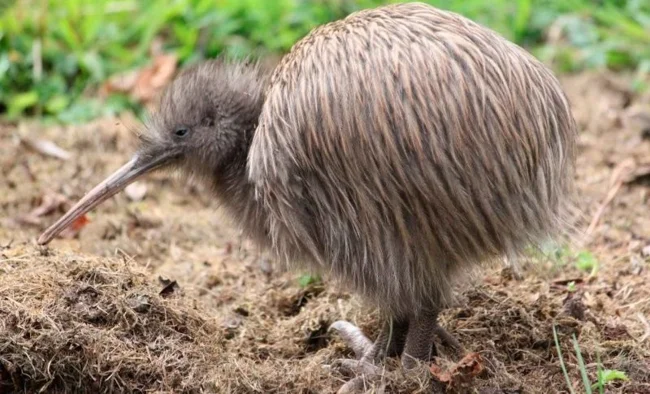
This funny flightless bird with a shaggy body is a real star of New Zealand.
Its wings are so small that they are hidden in fluffy feathers. Giant eggs (up to 450 grams) are the largest relative to the body of all birds in the world. Kiwis are the only birds with nostrils on the tip of their beaks to sniff out worms in the ground. They create pairs for 20 years or more. Currently, 4 out of 5 species are threatened by cats and other predators.
5. Guam Rail - The Bird That Defeated Extinction 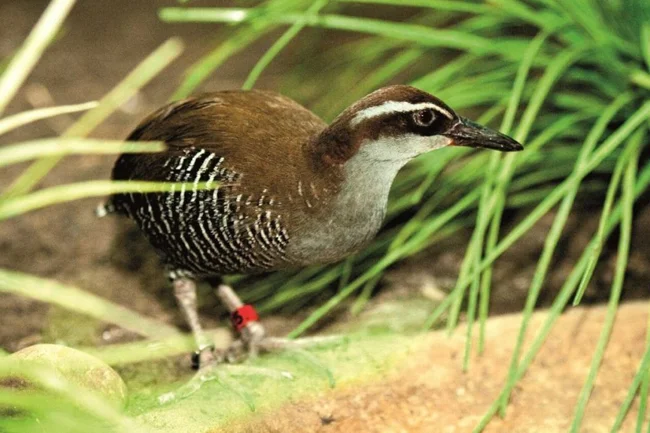
Once upon a time, these nimble flightless birds literally ran all over the island of Guam. But in the 1960s, everything changed: accidentally introduced brown boygas (snakes) completely exterminated the species in the wild within a few decades.
But the story doesn't end there. Zoologist Bob Beck spent 20 years capturing the last wild individuals and created a breeding program in zoos. In 2010, 16 birds were released on neighboring Cocos Island. Today, small populations live on the islands of Cocos and Rota. The species is still on the verge of extinction, but it has a chance.
6. Cassowary - a living dinosaur from the jungle 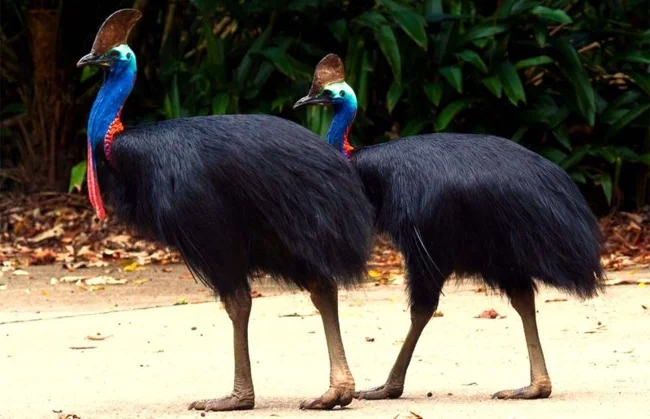
This creature is not a computer graphic from "Jurassic Park", but a cassowary, one of the most unusual birds on the planet.
It is the second heaviest in the world (after the ostrich), but definitely the first in charisma! The cassowary has dagger-like claws up to 10 centimeters and can reach speeds of up to 50 km/h. Therefore, it is better not to anger the bird.
It lives in the rainforests of New Guinea and Australia. Females are larger and brighter than males - a rare case in the world of birds. It attacks only if it is used to people, and in the wild it prefers to proudly move away at the speed of a racing car.
7. Weka Rail - the most impudent bird of New Zealand 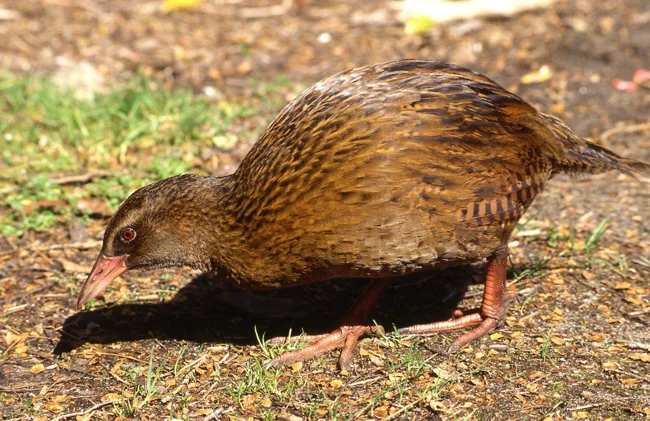
This flightless rail is a natural thief. Unlike its secretive relatives, the weka has a bold character and incredible curiosity.
It enthusiastically steals food and small things, like a raccoon, and hides them in its caches. Its cries are heard more often than the bird itself can be seen.
Despite its lively nature, the huecka is vulnerable - it is destroyed by drought, cars on the roads and even... pest control (it accidentally falls into traps).
8. The Galapagos Flightless Cormorant - a flyer who has forgotten about the sky 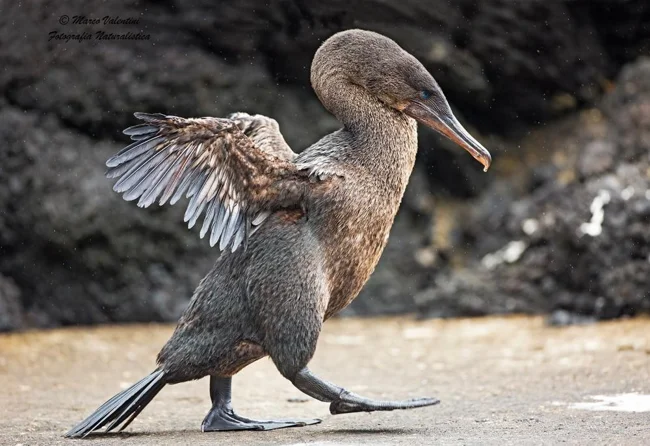
The Galapagos Islands are home to the only cormorant in the world that has forgotten how to fly. Its funny short wings (3 times smaller than needed for flight) are the result of thousands of years of evolution.
Mutations have made the wings and breastbone too small, but the cormorant dives, chasing fish. It lives on only two islands and is one of the rarest species on the planet.
9. Tasmanian Native Chicken, Outrunning the Wind 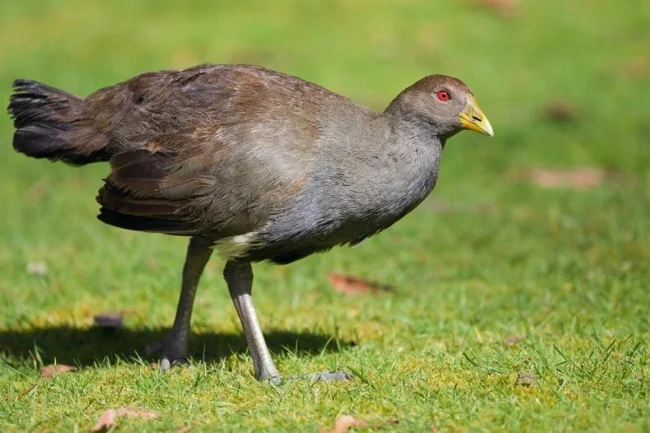
This funny flightless chicken is the pride of Tasmania. Unlike many extinct species, it has gotten along well with people and even thrives thanks to agriculture.
The bird easily accelerates to 50 km/h, leaving many cyclists in the dust, loves to forage and fiercely defends its 2 hectares from neighbors. It lives in small flocks, but does not tolerate strangers, which guarantees border skirmishes.
10. Takahe - Rainbow Phoenix of New Zealand 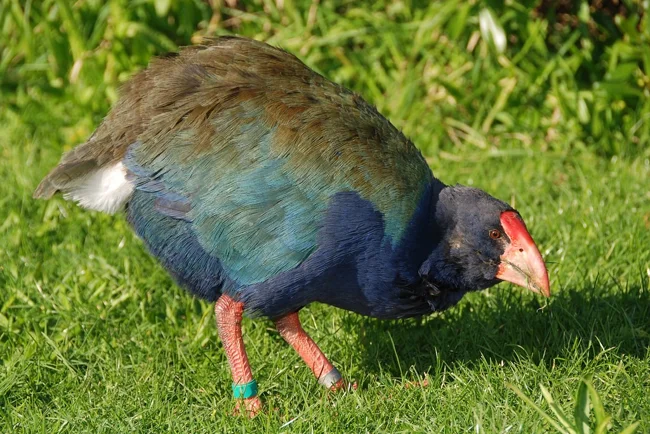
This incredible bird is living proof of a miracle. It was considered extinct for 50 years until it was found in the mountains of the South Island in 1948.
The bright coloring resembles a cross between a cassowary and a parrot. Takahe are very faithful, pairs stay together for decades, and older chicks help raise the younger ones for 1-2 years.
Today, 440 individuals live in reserves and on islands without predators. Scientists even use the takahe doll to feed chicks in captivity, without accustoming them to people.
11. Patagonian Steamboat Duck - the Terror of the Seas 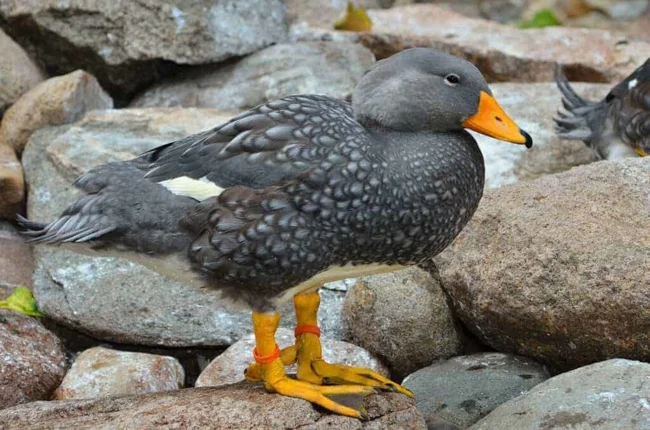
This duck can fly, but it rises into the sky very rarely and reluctantly. It is a real sea fighter. It lives near the rocky shores of Tierra del Fuego and is famous for its unusual swimming style: it rushes through the water like a steamboat - furiously paddling its paws and flapping its wings, creating noise and splashes. And its underdeveloped wings are perfect for fights with rivals.
The duck is not afraid of predators, since adults are too big (up to 7 kilograms) and aggressive even for seabirds. Their nests with eggs and chicks are also under reliable protection thanks to the massive body of the parents.
12. Tristan Rail - Inaccessible and Invulnerable 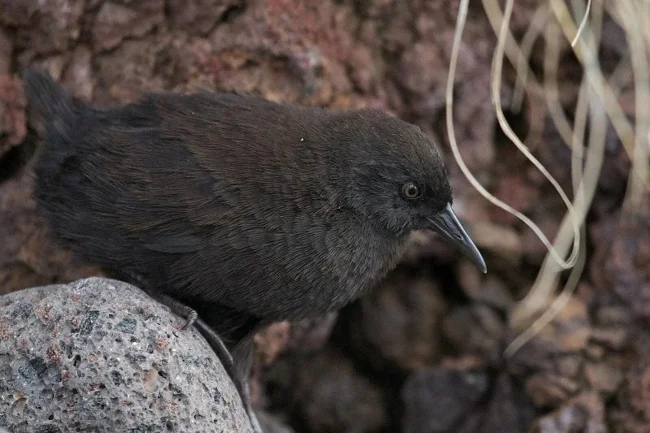
This little one is the smallest flightless bird in the world, and it lives on an island with the telling name of Inaccessible in the South Atlantic.
The steep cliffs do not let predators in, and the rail grazes in the fern, feasting on insects and seeds. Plus, the island has been declared a nature reserve.
But there is also a threat: if rats or cats get here, the miniature shepherd will not survive. For now, only its inaccessibility saves it.
Add your comment
You might be interested in:












